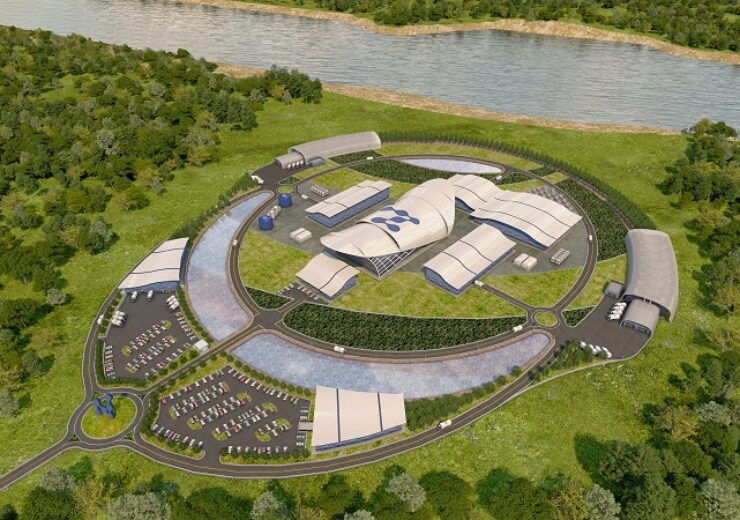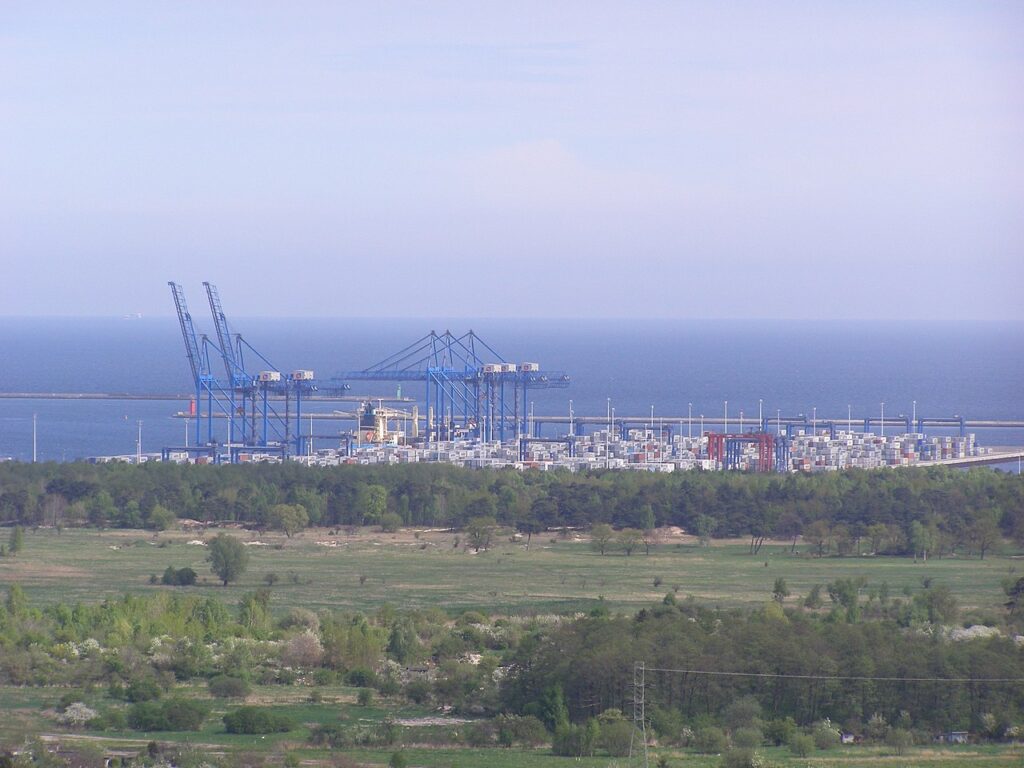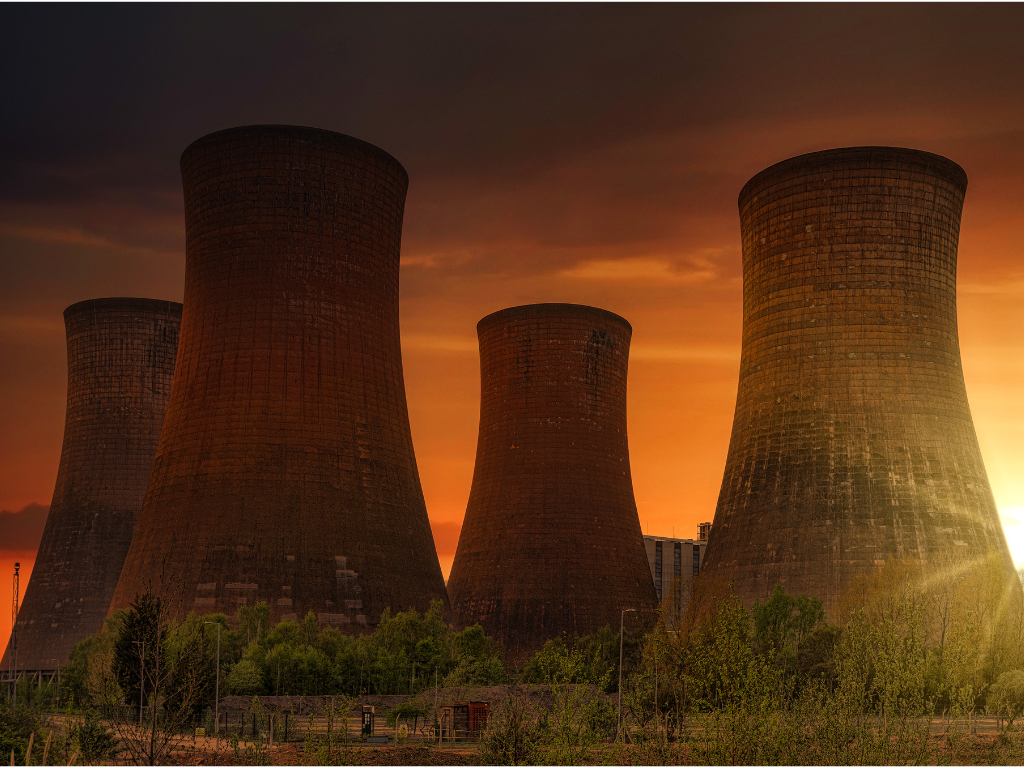
“Challenges and potential of SMRs in the energy transition” is the third article in the #AtomInAction series, which we write together with energy experts from Deloitte. Together, we take a closer look at the topic of the atom from the perspective of technology, application and operational safety.
This time, a few words about small modular reactors (SMRs), which have been causing a lot of excitement in the nuclear power community recently. In an article as part of the #AtomInAction series, the authors write about, among other things, what an SMR reactor is, what types of SMR reactors there are, how SMR reactors find their way into the Polish energy system, new business models for investing in power plants based on SMR reactors
“SMR reactors promise many benefits for those who choose to build and operate them. They also enjoy tremendous political support. However, as with many innovative solutions, they have yet to prove their merits in practice in order to become an integral part of a decarbonised energy sector covering heat and electricity needs in a reliable and at the same time climate-friendly manner” – Przemysław Żydak, board member/co-owner of Sotis Advisors.
The full article is available on Deloitte website
il. Polish miner KGHM to deploy NuScale Power’s SMR technology to power up its operations / NS Energy Business


